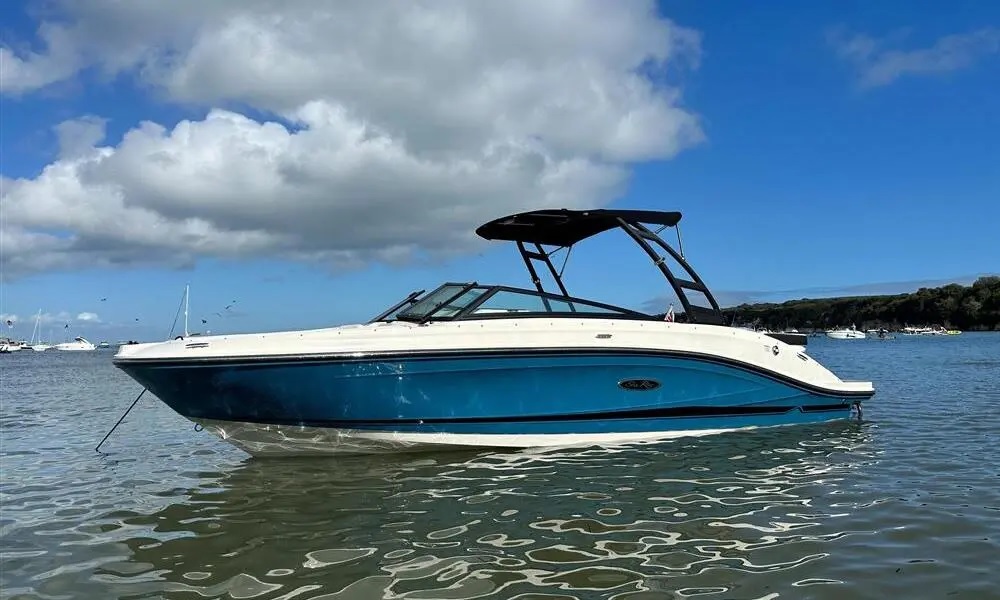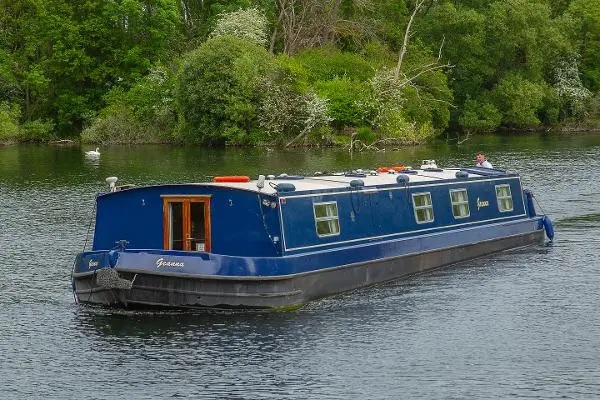
As more individuals seek alternative living solutions that embrace both sustainability and uniqueness, widebeam boats have emerged as a popular choice. Widebeams are specifically designed barges that offer a broader beam than traditional narrowboats, providing a remarkably spacious living environment on the water. Let’s delve into why widebeams are gaining traction as an ideal solution for those wishing to live afloat.
The Appeal of Widebeam Boats
Enhanced Space and Comfort
The most notable feature of widebeam boats is, as the name suggests, their width. Typically measuring between 10 to 12 feet across, widebeams provide a more substantial living area compared to the average 6 to 7 feet width of narrowboats. This additional space allows for larger rooms, more comfortable furnishings, and easier mobility aboard, making them akin to floating apartments.
Flexible Interior Design
With more interior space, widebeams offer greater flexibility in design and layout configurations. Residents can enjoy separate bedrooms, full-sized bathrooms, and larger kitchens. The increased wall and floor space also allow for more comprehensive storage solutions and the opportunity to have distinct dining and living areas.
Why Choose Widebeam for Water-Based Living?
A Viable Full-Time Living Option
The spacious design of widebeams makes them an excellent choice for full-time living. The comfort level onboard rivals that of small land-based homes, providing a viable and appealing residential option for individuals, couples, or small families.
Versatility in Function
Whether you’re looking for a permanent residence, a holiday home, or a flexible living/work space, widebeams can accommodate various needs. Their robust structure and spacious interiors make them suitable for a range of activities and lifestyles.
Key Considerations Before Choosing a Widebeam
Mooring Availability and Costs
One must consider the availability and cost of mooring spaces for widebeams, which can be more challenging to find compared to those for narrowboats due to their larger size. Mooring fees can also be higher, so prospective widebeam owners should explore these aspects thoroughly.
Navigational Restrictions
Due to their size, widebeams are not suitable for all waterways. Some canals and rivers are too narrow or have bridges and locks that cannot accommodate wider vessels. Knowing where you plan to travel or live will help determine if a widebeam is a practical choice.

Cost of Maintenance and Upkeep
While offering ample living space and comfort, widebeams might also come with higher maintenance costs. Larger areas mean more surface to clean, greater heating needs, and potentially more expenses in upkeep. Prospective buyers should factor these elements into their budget.
Sustainable Practices on Widebeams
Energy Efficiency
Owners of widebeams often invest in solar panels, eco-friendly insulation, and energy-efficient appliances to mitigate their environmental impact. These additions help reduce the carbon footprint of living on the water.
Eco-centric Modifications
Rainwater harvesting, composting toilets, and LED lighting are other sustainable practices that are becoming common on widebeams. These modifications align with eco-friendly lifestyles, making widebeams a choice that supports environmental stewardship.
Conclusion
Widebeam boats offer a spacious, comfortable solution for those considering life on the water. With roomy interiors and the ability to customize living spaces, they serve as a compelling alternative to traditional housing, providing a unique lifestyle aligned with both comfort and sustainability. Before making a decision, be sure to consider the practicalities of widebeam living, from mooring to navigation, ensuring it fits seamlessly with your mobile, water-based life aspirations.



